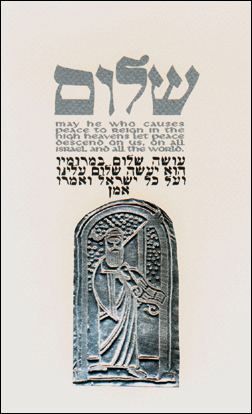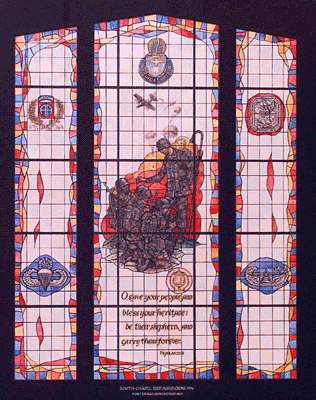The glory of the Roman Empire offered an expansive backdrop for the birth of Jesus. In 27 bc Rome’s first emperor, Caesar Augustus, ended 200 years of civil war and began to replace rundown neighborhoods with monuments, temples, arenas, and government complexes. According to Roman historian Pliny the Elder, they were “the most beautiful buildings the world has ever seen.”
Yet even with her beauty, the Eternal City and its empire had a history of brutality that continued until Rome fell. Thousands of slaves, foreigners, revolutionaries, and army deserters were crucified on roadside poles as a warning to anyone who dared to defy the power of Rome.
What irony that Jesus’s death on a Roman cross turned out to reveal an eternal glory that made the pride of Rome look like the momentary beauty of a sunset!
Who could have imagined that in the public curse and agony of the cross we would find the eternal glory of the love, presence, and kingdom of our God?
Who could have foreseen that all heaven and earth would one day sing, “Worthy is the Lamb, who was slain, to receive power and wealth and wisdom and strength and honor and glory and praise!” (Rev. 5:12).
Jesus’s model for prayer in Matthew 6:9–13 is often referred to as “the Lord’s prayer.” However, these words form a pattern for our prayers. Jesus’s prayer in John 17 might better be called “the Lord’s prayer” because it is an expression of His heart to the Father about His mission (vv. 1–10), His followers (vv. 11–16), and His longing for His people to be one with Him and with each other (vv. 17–26). This prayer reaches its conclusion with the desire that we know the wonder of His love: “I have made you known to them, and will continue to make you known in order that the love you have for me may be in them and that I myself may be in them” (v. 26).




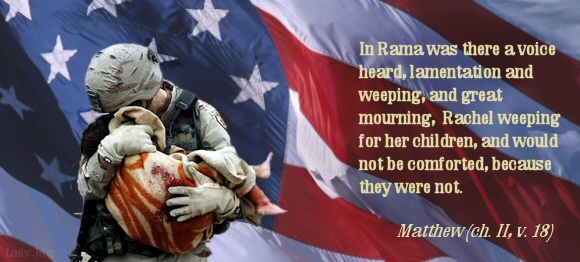
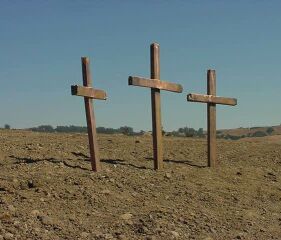
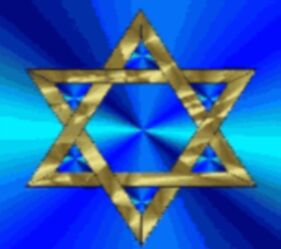











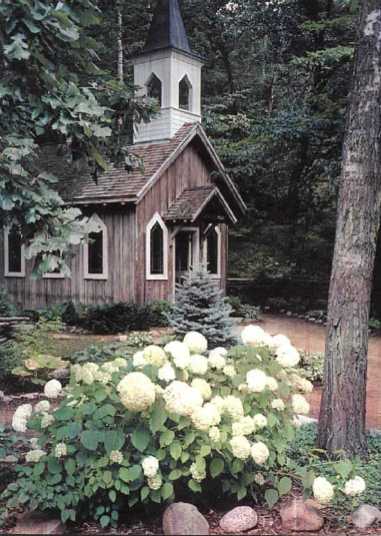










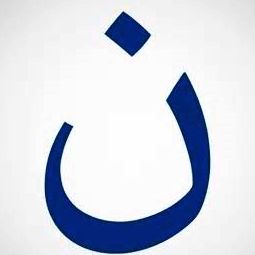 __"Dia shábháil ar fad anseo!"
__"Dia shábháil ar fad anseo!"
